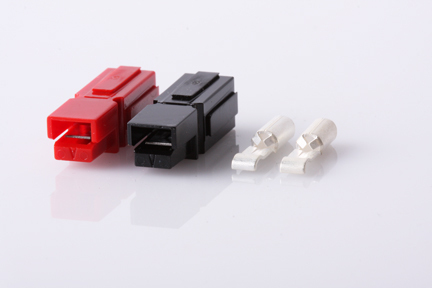Whatever panel arrangement you come up with you still need about 135amps to charge that 1350Ah 12V battery system. The 90 amps you think you can get is still not enough.
If you have a 16.2kwh system you need to be able to generate 3 times that amount in 4 to 5 hours because people will just use as much power as they can. So that requires about a 10kw worth of panels. Good luck building that with 50watt panels.
If you have a 16.2kwh system you need to be able to generate 3 times that amount in 4 to 5 hours because people will just use as much power as they can. So that requires about a 10kw worth of panels. Good luck building that with 50watt panels.

Comment